Premium Only Content
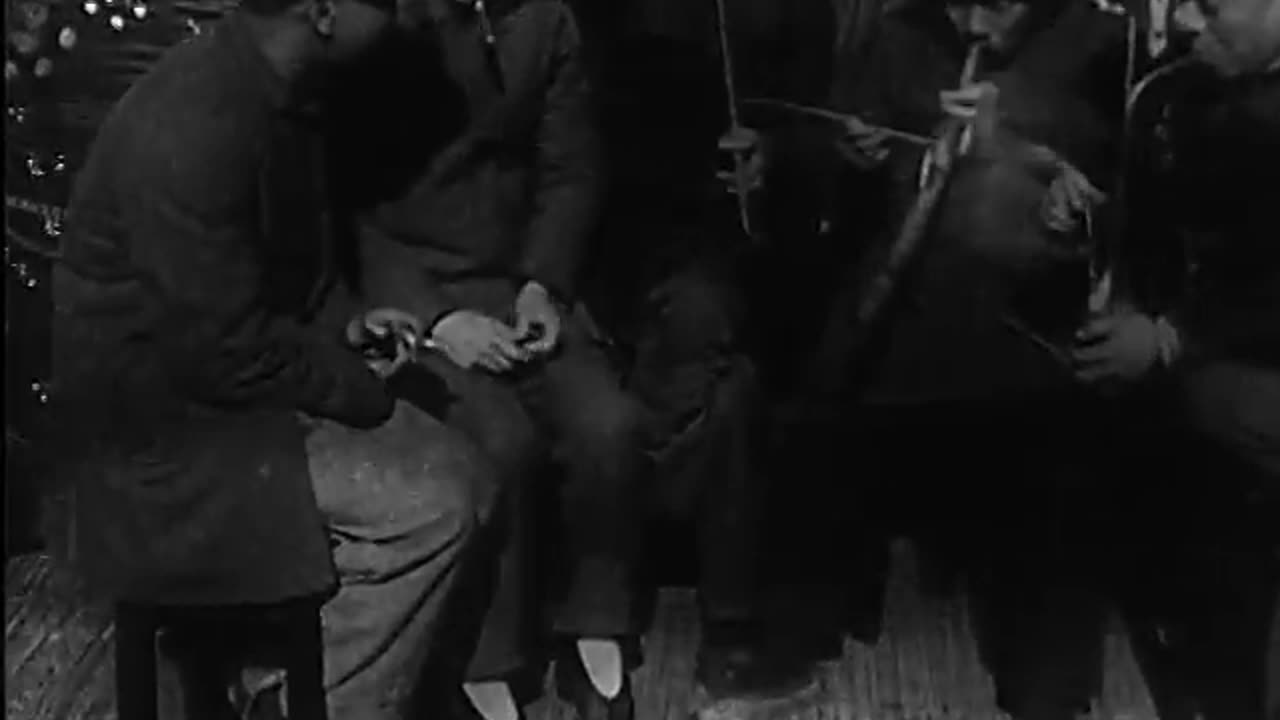
Seeing America's Greatest Chinatown: San Francisco (Part I)
This silent film, presented by Captain H.J. Lewis, a licensed guide, offers a fascinating tour through San Francisco's Chinatown, capturing its cultural vibrancy and daily life in the early 20th century. This segment, salvaged from a multi-reel film, includes:
Captain H.J. Lewis: The film opens with Lewis himself, wearing a distinctive hat marked "Guide Chinatown San Francisco," introducing viewers to the area. His presence throughout the film adds a personal touch, guiding us through this cultural exploration.
Aerial and Street Views: The film provides both high-angle pans and street-level views of Chinatown, showcasing its unique architecture and the flags of the newly established Republic of China, reflecting political changes back in China under Sun Yat-Sen.
Cultural and Commercial Life:
Street Scenes: Various street scenes depict the hustle and bustle of Chinatown, including grocery stores and other businesses.
Sing Fat Co.: Highlights a prominent business with its building and introduces Sing Fat himself, indicating the economic activities within Chinatown.
Religious Life: Views of a church and a Buddhist temple show the spiritual dimension of the community, with men praying at a shrine.
Social and Daily Life:
Children: Scenes of children, like a boy selling peanuts and another enjoying a doughnut, highlight the innocence and daily life of the younger generation in Chinatown.
Traditional Practices: Men smoking long pipes, possibly in opium dens or simply as part of their daily routine, provide a glimpse into traditional habits.
Cultural Arts:
Chinese Drama: Captures the essence of Chinese theatre, with actors in elaborate costumes performing, showcasing the rich tradition of Chinese drama.
Apothecary: Detailed footage inside a Chinese herbalist's shop, where herbs are weighed, underlines the importance of traditional medicine within the community.
This travelogue not only serves as a historical document of San Francisco's Chinatown but also as an educational piece on the cultural practices, economic life, and social fabric of one of America's most iconic ethnic neighborhoods during a significant period of change both in the U.S. and China.
-
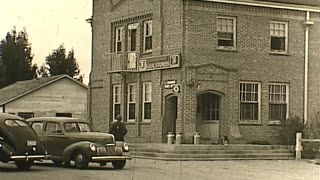 11:56
11:56
Archival Moments
2 months agoFinley Expedition, Farson 1940
732 -
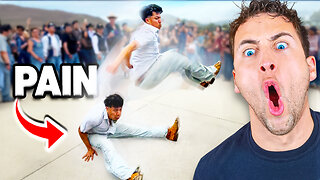 10:47
10:47
Nikko Ortiz
13 hours ago15 Seconds Of Fame Gone WRONG...
2.29K2 -
 14:47
14:47
GritsGG
1 day agoRumble Tournament Dubular! Rebirth Island Custom Tournament!
60.7K4 -
 1:36:05
1:36:05
Side Scrollers Podcast
15 hours agoStreamer ATTACKS Men Then Cries Victim + Pronoun Rant Anniversary + More | Side Scrollers
63.9K2 -
 LIVE
LIVE
Lofi Girl
2 years agoSynthwave Radio 🌌 - beats to chill/game to
280 watching -
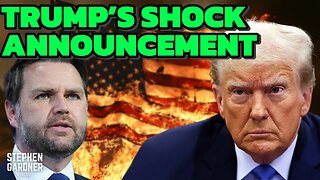 42:55
42:55
Stephen Gardner
1 day ago🔥Trump’s SURPRISE Move STUNS Everyone - Democrats PANIC!
56.1K110 -
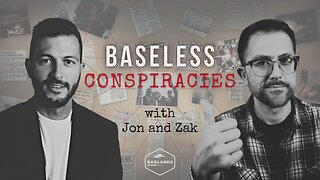 1:37:19
1:37:19
Badlands Media
13 hours agoBaseless Conspiracies Ep. 148: The Delphi Murders – Secrets, Setups, and Cover-Ups
30.4K15 -
 5:59:05
5:59:05
SpartakusLIVE
7 hours ago#1 MACHINE Never Stops The GRIND || LAST Stream UNTIL Friday
132K1 -
 28:36
28:36
Afshin Rattansi's Going Underground
1 day agoDoug Bandow: ENORMOUS DAMAGE Done to US’ Reputation Over Gaza, Trump ‘Easily Manipulated’ by Israel
19.7K29 -
 2:45:13
2:45:13
Barry Cunningham
13 hours agoCBS CAUGHT AGAIN! CHICAGO A MESS! LISA COOK IS COOKED AND MORE LABOR DAY NEWS!
96.7K48